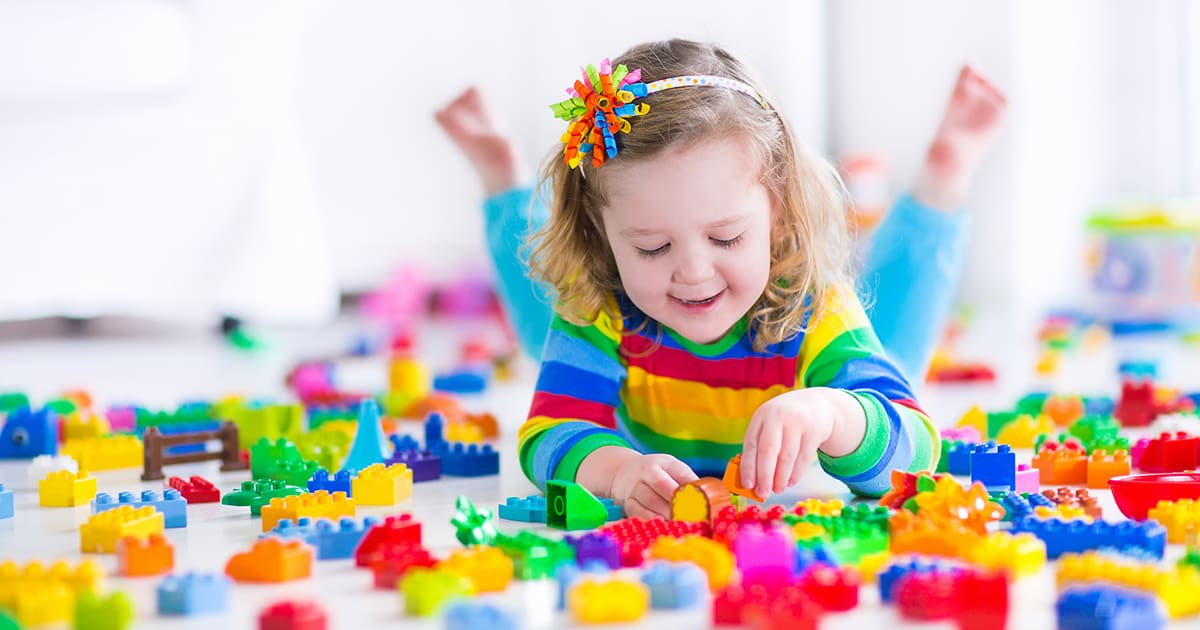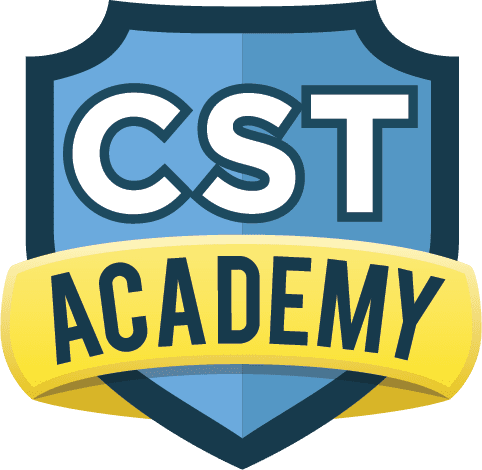Share this Post

Early childhood is a crucial time for learning, development, and socialization. For children with autism or developmental delays, early intervention can significantly impact their ability to communicate, engage with others, and develop essential life skills. One of the most effective early intervention approaches is the Early Start Denver Model (ESDM)—a research-based, play-centered therapy designed for young children with autism.
At CST Academy, we integrate ESDM into our therapeutic preschool program to help children develop key skills in language, social interaction, motor development, and cognitive abilities. By blending ESDM with structured learning, our preschool environment becomes a place where children thrive while engaging in meaningful, developmentally appropriate activities.
What is the Early Start Denver Model (ESDM)?
The Early Start Denver Model (ESDM) is an evidence-based early intervention approach designed for children between 12 to 48 months of age. Rooted in Applied Behavior Analysis (ABA) principles, ESDM focuses on naturalistic learning through play, social interactions, and everyday activities.
Unlike more traditional ABA approaches that use structured, discrete trial training, ESDM is flexible, child-led, and highly engaging, making it ideal for young children in a therapeutic preschool setting. The goal is to increase social communication, strengthen relationships, and promote cognitive and motor development through play and everyday routines.
How is ESDM Integrated into a Therapeutic Preschool Program?
At CST Academy, ESDM is woven into all aspects of the preschool day. Our trained therapists and educators implement ESDM strategies through structured play, interactive activities, and daily routines to ensure children receive continuous learning opportunities.
1. Play-Based Learning and Social Engagement
ESDM emphasizes learning through play, allowing children to develop social and communication skills in a natural, enjoyable way. In a therapeutic preschool setting, structured play activities help children:
- Engage in turn-taking and cooperative play with peers
- Learn to imitate and model appropriate behaviors
- Expand attention and engagement in group settings
- Develop joint attention skills, such as looking at a toy when someone points to it
By embedding learning within play routines, children develop essential skills without feeling like they’re in a therapy session.
2. Encouraging Communication and Language Development
One of the key goals of ESDM is increasing communication abilities. In a therapeutic preschool setting, children are given many opportunities to practice language skills throughout their day. Some of the ways ESDM supports communication include:
- Encouraging verbal and nonverbal communication (e.g., using words, gestures, or signs)
- Expanding vocabulary through play-based interactions
- Using visual supports like picture schedules and social stories to help children understand routines
- Providing immediate and meaningful reinforcement when a child communicates
Through consistent, engaging interactions, children build confidence in their ability to express themselves.
3. Developing Social-Emotional Skills
Children with autism often experience challenges in understanding emotions and forming social connections. ESDM helps children build emotional awareness and develop social relationships by:
- Teaching emotional recognition through facial expressions, voice tone, and body language
- Encouraging peer interactions and group participation
- Supporting self-regulation strategies to help children manage frustration, transitions, and sensory experiences
- Helping children understand the concept of empathy and turn-taking
By teaching these social-emotional skills in a natural setting, children gain the tools to form friendships and engage positively with others.
4. Supporting Cognitive and Problem-Solving Skills
ESDM promotes cognitive development by incorporating problem-solving activities into everyday routines. In a therapeutic preschool program, children learn to:
- Follow multi-step instructions to complete tasks
- Sort, match, and categorize objects to strengthen cognitive flexibility
- Use pretend play and imagination to explore new ideas
- Recognize patterns and sequences to enhance early academic skills
By making learning interactive and engaging, ESDM helps children develop critical thinking and cognitive processing skills that will support future academic success.
5. Promoting Independence in Daily Activities
A significant part of any therapeutic preschool program is helping children gain independence in self-care and daily routines. ESDM strategies are used to support children in:
- Self-help skills like washing hands, dressing, and eating
- Transitioning between activities with minimal difficulty
- Following classroom routines and expectations
- Developing patience and flexibility when faced with changes
By embedding self-care skills into natural learning opportunities, children develop confidence and a sense of independence.
6. Parent and Caregiver Collaboration
One of the unique aspects of ESDM is its emphasis on family involvement. At CST Academy, we believe that parents and caregivers play a vital role in their child’s development. We provide:
- Parent coaching and training sessions to help reinforce ESDM strategies at home
- Regular progress updates and collaborative goal-setting
- Resources and support for integrating learning into daily home routines
By bridging the gap between school and home, we ensure that children receive consistent support across all environments.
Why is ESDM So Effective in a Therapeutic Preschool Setting?
The combination of structured learning, social interaction, and play-based engagement makes ESDM particularly effective in a therapeutic preschool program. Some of the key benefits include:
- Early intervention leads to long-term success – Research shows that early therapy can significantly improve communication, social skills, and cognitive abilities.
- Natural learning environments encourage skill development – By integrating ESDM strategies into daily routines and play, children learn in real-world situations.
- Highly engaging, child-centered approach – ESDM is designed to be fun, interactive, and rewarding, making learning more enjoyable.
- Supports individualized learning – Each child’s strengths and challenges are considered, ensuring personalized support.
- Encourages social engagement and peer relationships – Children practice social skills in structured, supportive settings, improving confidence in group interactions.
By embedding ESDM into the preschool experience, we create an environment where children actively participate, gain confidence, and build the foundational skills needed for future success.
Is a Therapeutic Preschool with ESDM Right for Your Child?
If your child is experiencing challenges with communication, social interaction, or early learning skills, a therapeutic preschool program with ESDM can provide the structured support and encouragement they need.
At CST Academy, we are dedicated to providing high-quality early intervention services through evidence-based approaches like ESDM. Our team of experienced therapists, educators, and specialists work together to create a nurturing, play-based learning environment where children can grow and thrive.
If you would like to learn more about how ESDM in a therapeutic preschool setting can benefit your child, contact CST Academy today. We are here to support your child’s development and help them build a bright and successful future.
Discover Our Pediatric Therapy & Autism Care
ABA Therapy
Support for children with autism.
Diagnostic Evaluation
Expert assessments to identify child needs.
Pediatric Therapy Services
Speech, Occupational, Feeding, and Physical Therapy.
Therapeutic Preschool & Kindergarten
A classroom environment designed for early learners with unique needs.

Find the Best Care for Your Child




